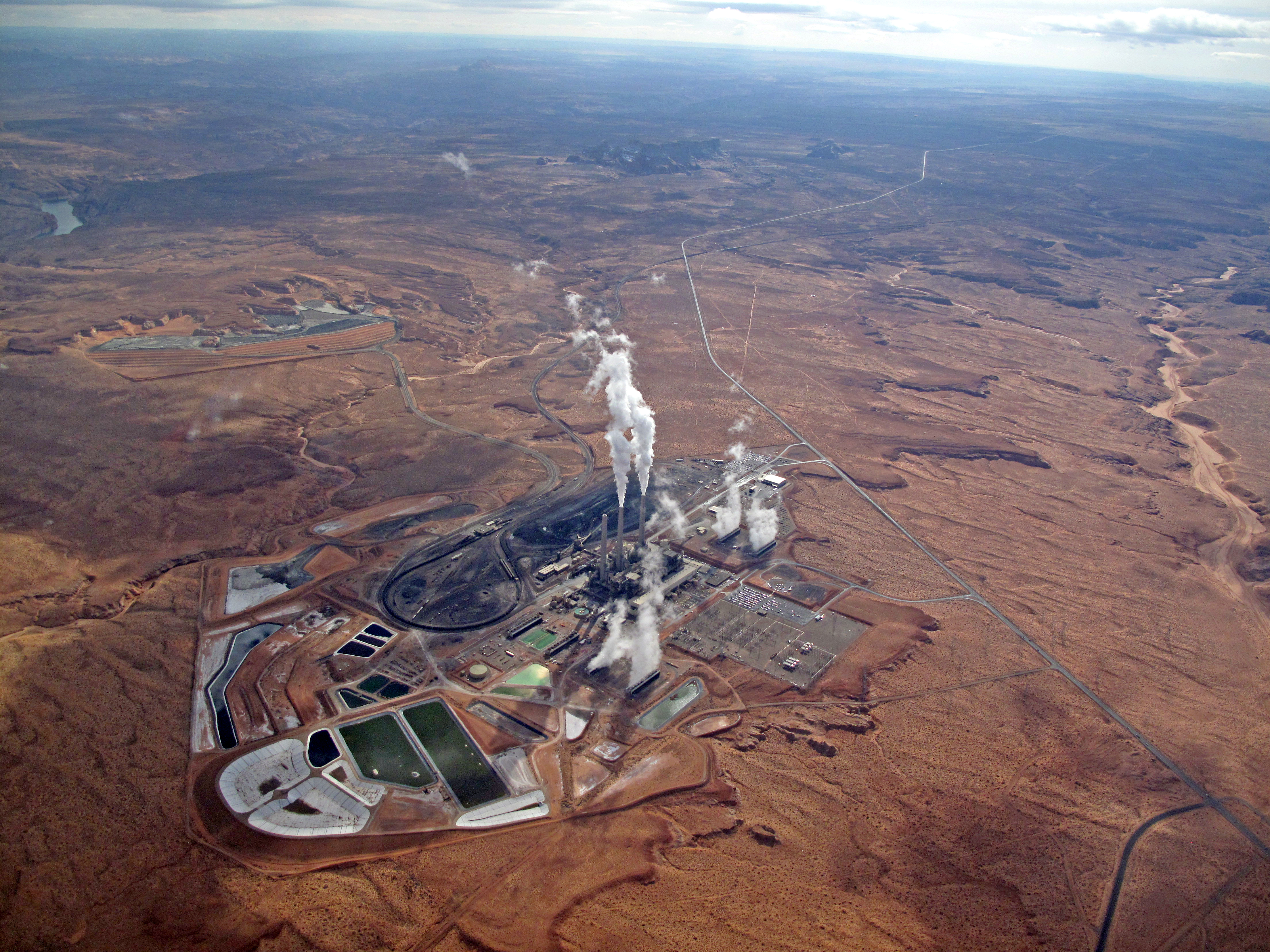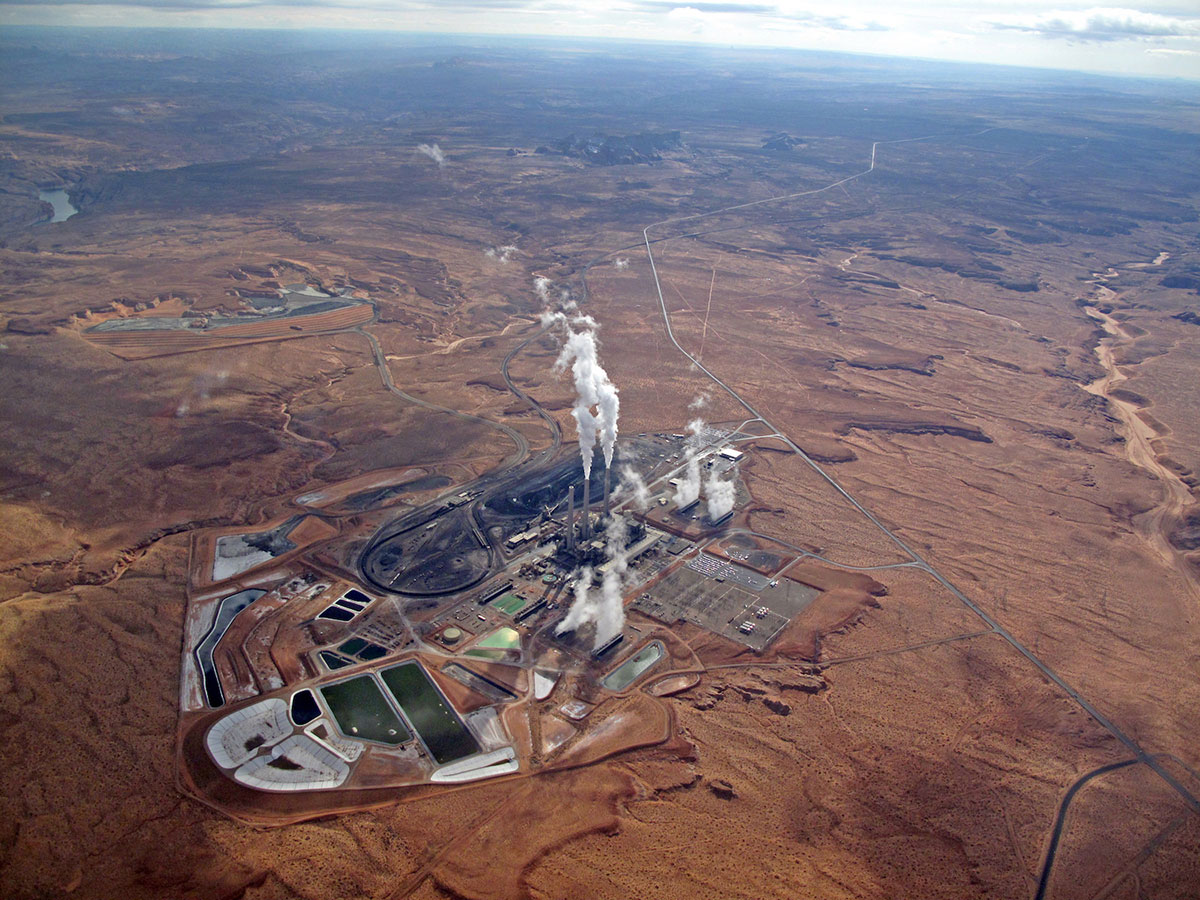This blog was originally published as a case study in Banking on Climate Change: Fossil Fuel Finance Report Card 2017, by RAN, Sierra Club, BankTrack, and Oil Change International, in partnership with 28 organizations around the world.
Five years ago, few would have foreseen the pending bankruptcy of Peabody Energy, formerly the world’s largest coal mining company (and boasting the appropriate ticker symbol of BTU). Its fossil-fuel-evangelizing senior vice president, Fred Palmer, was fond of predicting a “coal super-cycle” that would grow global coal demand by 30 percent or more. But times changed. Shortly after the election of Donald Trump to the U.S. presidency, the now-retired Palmer found himself in the middle of Peabody’s bankruptcy court proceedings, fighting to prevent his millions of dollars in Peabody stock from being declared worthless.
How was the high-flying Peabody — a darling of the global energy industry, with over a century of profitable coal mining experience — laid so low so quickly?

It seems that Peabody believed its own hype about increasing demand for coal — and discounted the efforts of tens of thousands of activists, businesses, cities, and countries across the world, all determined to reduce carbon emissions and move to a clean energy economy. Peabody borrowed billions of dollars from banks like Bank of America1 to buy rival coal companies and invest in new machinery and mines in order to benefit from the so-called “super-cycle.” But when natural gas grew as a competitor, and demand for coal fell both in the United States and overseas, Peabody couldn’t generate enough cash to make debt payments. The company’s public valuation fell over 99 percent from its 2008 peak, totaling just $38 million immediately prior to the bankruptcy announcement. At that point, Peabody got an $800 million bankruptcy finance package led by Citi.
Fred Palmer’s objections were overruled by the bankruptcy judge, and his Peabody shares lost significant value. And yet, there are far more tragic victims of Peabody’s bad management decisions that led to its bankruptcy — like retired coal miners, whose pension plan was owed $643 million, but settled for $75 million in a last-minute deal. The company’s $1.5 billion bankruptcy exit financing to fund a leaner version of the same company was led by Goldman Sachs, Credit Suisse, and JPMorgan Chase. Notably, after facilitating the company’s financing through bankruptcy, Citi did not participate in this bankruptcy exit financing.
There’s one small silver lining in the whole affair: the reduction of “self-bonding” at Peabody’s mining sites. These sites of both current and former coal mining activities feature billions of dollars of environmental liabilities — polluted streams, eroded landscapes, and badly damaged ecosystems. Under U.S. law, it is Peabody’s responsibility to pay to clean these sites up and restore them to their pre-mining condition. Coal mining companies are required to post a bond prior to mining, with the intention that even if a coal company filed for bankruptcy, the state could cash in the bond to pay for cleanup.
Over the years, however, pliant state and federal regulators have assumed companies like Peabody were “too big to fail,” and allowed them to “self-bond” — a permissive system that replaces the actual surety bond with a written promise that the company is financially sound. Fortunately, Peabody agreed as part of its bankruptcy filing plan to replace all of its current self-bonds, though it did not promise a future free of self-bonding.
The new Peabody has now emerged. Its top executives, including many who presided over the dramatic losses that led to bankruptcy in the first place, are still in place and have received significant financial rewards. Its major debtholders now own significant equity stakes. Its retirees, in contrast, have received pennies on the dollar for the future pension benefits they were promised. And the company’s environmental liabilities persist, though hopefully with greater collateral to ensure remediation.
Peabody’s restructuring was premised on rosy projections for profitability, based on optimistic market growth assumptions. Yet as renewable energy takes off, Peabody’s growth assumptions may prove as wrongheaded as its previous stubborn belief in a coal super-cycle — a phenomenon that never came to pass.
Notes:
1. Bank of America was the lead agent on an October 2011 loan package to Peabody for the acquisition of Macarthur Coal Ltd. Source: Bloomberg Professional Services.
